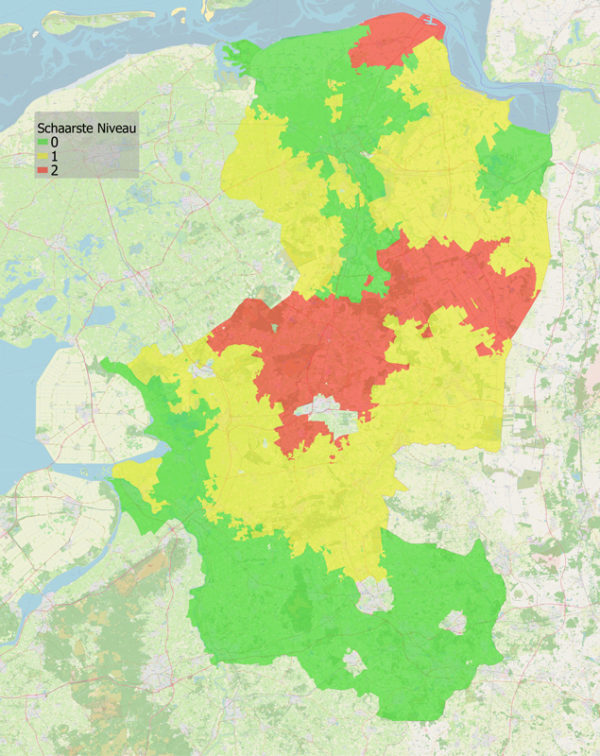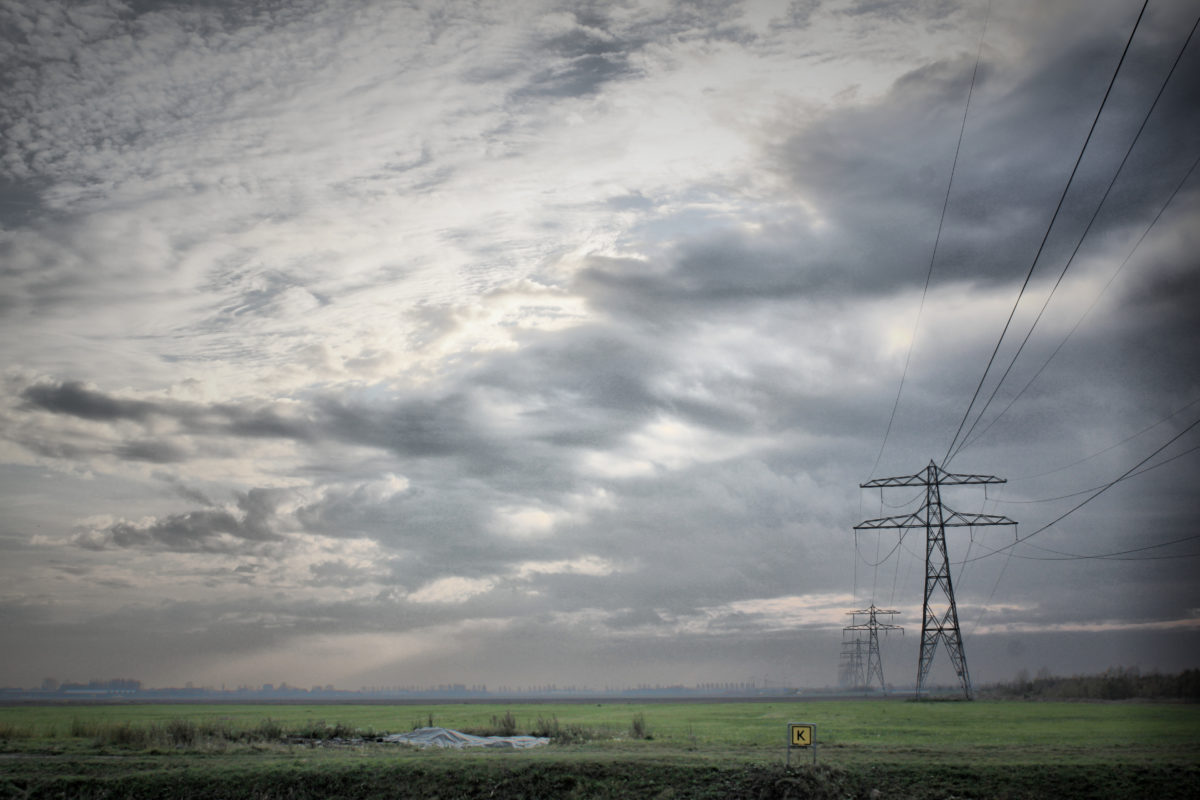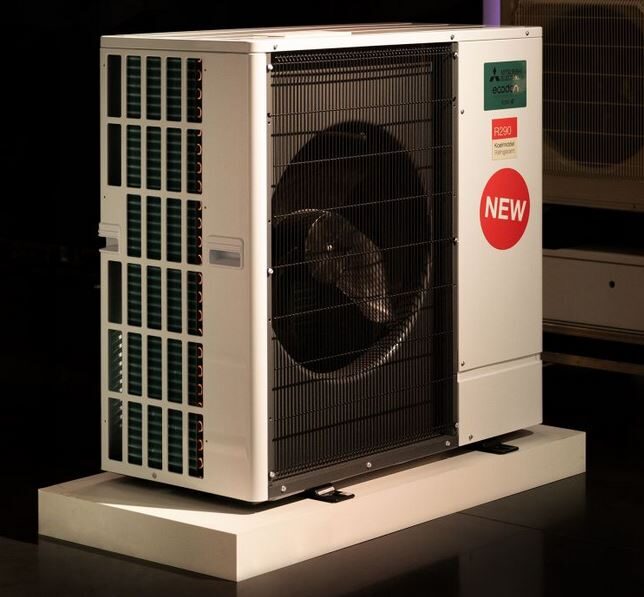Dutch transmission system operators TenneT and Enexis have announced in a joint press release that there is limited capacity available for renewable energy projects – mainly large-scale solar schemes – at different locations in the provinces of Groningen, Drenthe and Overijssel, located in the northeastern part of the country.
The development of PV is going so fast that it is exceeding the grid improvement plans announced over the past years, the two companies said.
The two system operators, which warned in April that the grid in the above-mentioned areas may suffer from further solar energy growth, have also provided an overview of the stations of TenneT (110 kV) and Enexis (20 and 10 kV) with limited transport capacity.

Image: Enexis
High voltage stations, which have available capacity, albeit limited, are: Weiwerd, Kropswolde, Meeden, Veendam, Bargemeer, Emmen, Zeyerveen, Dedemsvaart, Vroomshoop, Veenoord, Klazienaveen, Hardenberg, Coevorden, Steenwijk, IJsselmuiden and Ommen Dante.
High voltage stations with no more transport capacity are: Hoogeveen, Beilen, Stadskanaal, Musselkanaal, Gasselte, and Eemshaven oost. “Capacity issues may arise in the area around Stadskanaal, Gasselte and Musselkanaal,” warned the two entities back in April.
The operators did say that more capacity may be available at the high voltage stations of Eemshaven Midden, Weiwerd and Meeden, where the grid is being enhanced.
Grid constraints are not the only issue developers of large-scale PV projects under the SDE+ program have to deal with. Land availability, in fact, has also now become a serious problem in what is Europe’s most densely populated country. As a consequence of the vertiginous development of solar, the well-known and somehow unjustified fears that large-scale solar may consume agricultural land, have also started to spread.
It is interesting to note, however, that the provinces of Groningen, Drenthe and Overijssel, which are now affected by grid constraints, are among the least populated in the country. According to Dutch newspaper Volkskrant, in fact, there is a lot of space for projects and the land is cheap there; however, because there are relatively few people or businesses residing there, the grid is not equipped for increasing supply.
Last year, the Netherlands joined the club of countries that have more than 1 GW of new PV capacity per year, with an expected 1.5 GW of new solar additions.
This content is protected by copyright and may not be reused. If you want to cooperate with us and would like to reuse some of our content, please contact: editors@pv-magazine.com.




0 comments
By submitting this form you agree to pv magazine using your data for the purposes of publishing your comment.
Your personal data will only be disclosed or otherwise transmitted to third parties for the purposes of spam filtering or if this is necessary for technical maintenance of the website. Any other transfer to third parties will not take place unless this is justified on the basis of applicable data protection regulations or if pv magazine is legally obliged to do so.
You may revoke this consent at any time with effect for the future, in which case your personal data will be deleted immediately. Otherwise, your data will be deleted if pv magazine has processed your request or the purpose of data storage is fulfilled.
Further information on data privacy can be found in our Data Protection Policy.